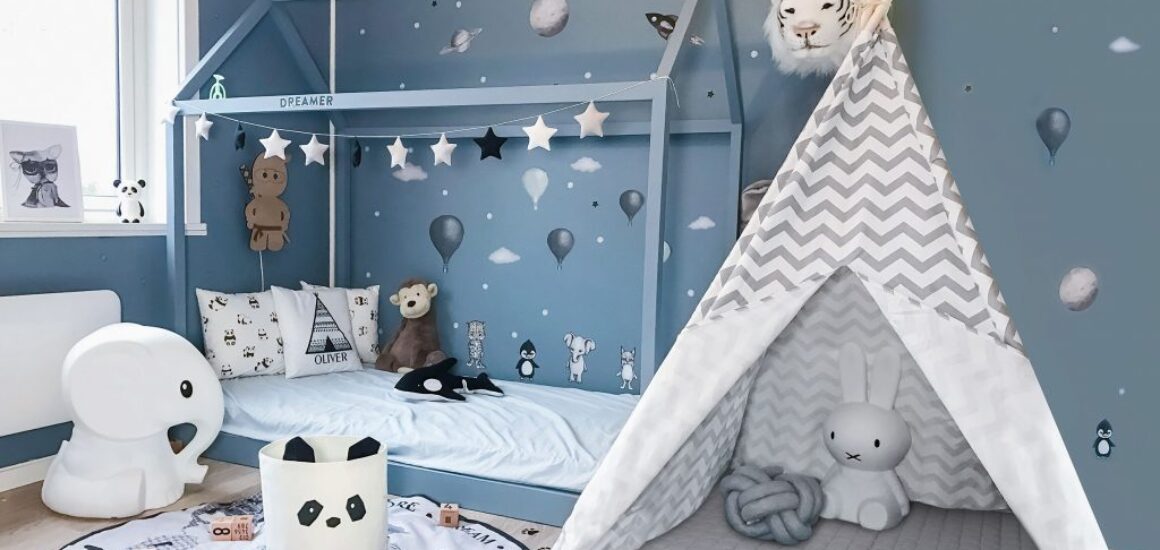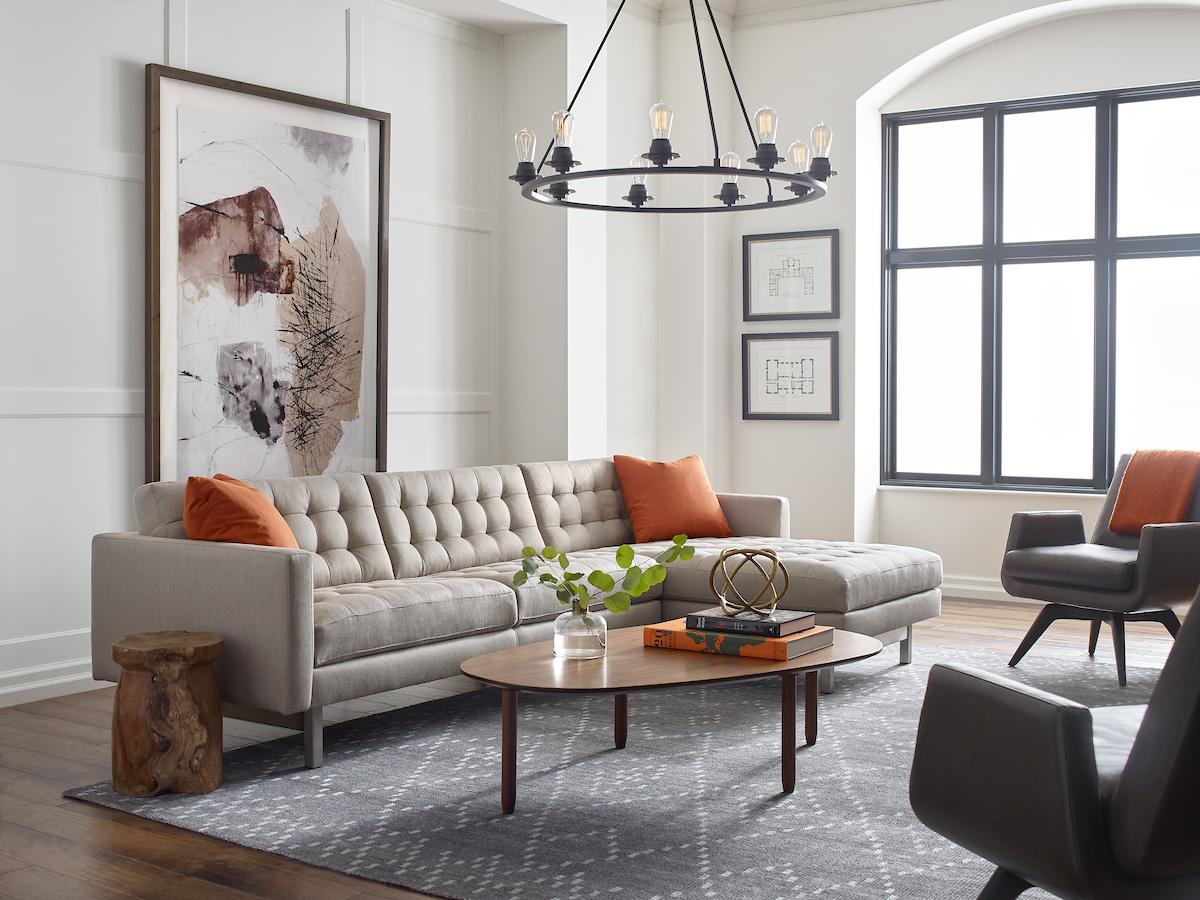Autism Friendly Design Tips
April 2nd is World Autism Awareness Day. Autism, or autism spectrum disorder (ASD), refers to a broad range of conditions characterized by social skills, repetitive behaviors, speech, and nonverbal communication challenges. https://www.
Children with ASD range in levels of severity, each having different sensory and emotional needs. Designing your house with a child with autism in mind is not about adding restrictions, but more about adapting your home to your child’s needs. Here are 5 design tips to create a more autism-friendly space.
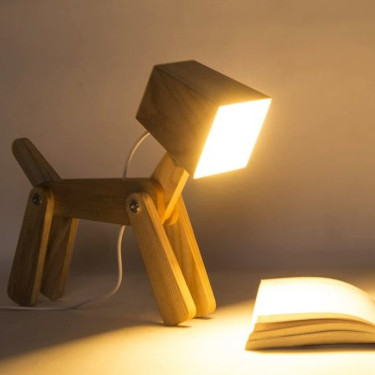
image source: etsy.com
Lighting: Lighting affects everyone’s mood and behavior. Black out curtains, low pile rugs to reduce glare, or desk or floor lamps near work areas, make it easier to manipulate the lighting depending on your child’s mood and daily routine.
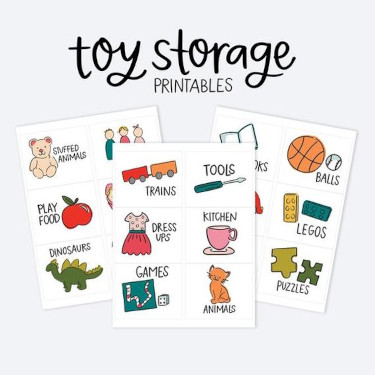
image source: etsy.com
Storage with easy to read labels. Storage bins with easy to read labels, like pictures or words that your child can recognize, promotes independence and eliminates clutter. A clean and organized environment reduces anxiety and helps stimulate executive functioning.
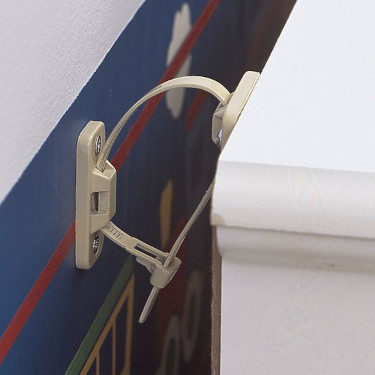
image source: buybuybaby.com
Child proofing furniture. Adding rubber bumpers on furniture with sharp edges and corners is a smart and easy design installation. Also, securing tall pieces of furniture to the wall, like bookshelves or dressers, will prevent them from tipping over if your child has the urge to climb!
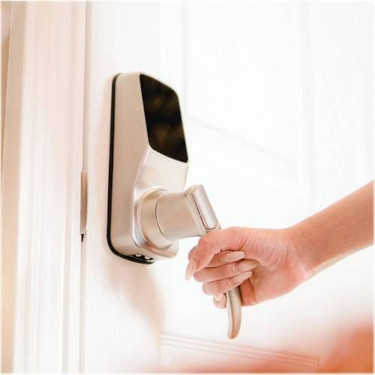
image source: bestbuy.com
Locks can save lives. Storing all household chemicals, like cleaning products and medications, in one cabinet with a high security padlock can stop those curious little minds from getting their hands and mouth into poisinous products.
Elopement is common in children with autism, it is when they wander away from the safety of their own homes or a secure location. This is extremely dangerous because they can get lost and injured. If your child doesn’t understand their safe boundaries, sometimes having a double sided deadbolt is the only way to prevent your child from wandering away.
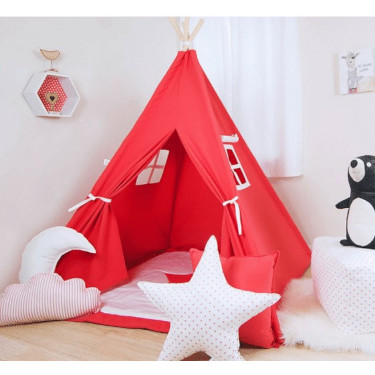
image source: https://www.themomkind.com/create-calming-space-autism/
A quiet space. One of the most vital design adjustments to make for your child with ASD is designating a quiet area for them. They need a special place to recenter themselves after being over-stimulated. To create this quiet space, first learn what helps to calm them down, then apply it to that space. It doesn’t need to be an entire room, just make sure to define the space with a soft toned rug, or a small tent. The space should have dim lighting and cushions with different sensory textures. You can also provide noise cancelling headphones or a bluetooth speaker to play calming music.
